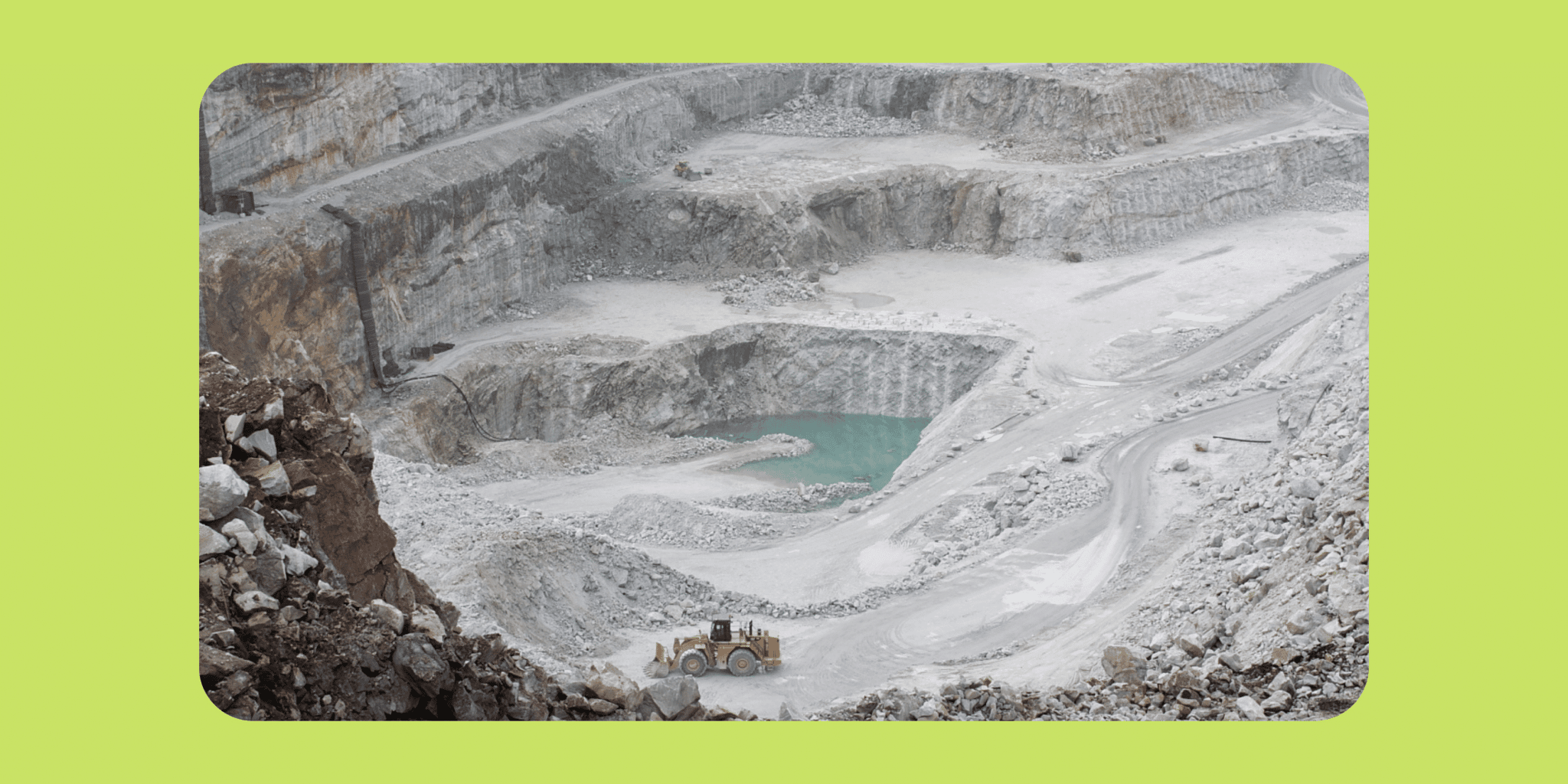Many building materials are used for construction work. like cement, sand, aggregates, etc., so lime material is also an important material which is using in building construction, so here we are going to know about lime in brief
What is Lime Material?
Lime is an important binding material that is used in building construction. As a binding material lime has been used in construction from ancient times. When lime is used to mix with sand it becomes lime mortar and when mixed with sand & coarse aggregate it forms lime concrete.
Types of lime material & their properties:-
Basically, lime is classified as:-
- Fat lime
- Hydraulic lime
- Poor lime
Now we are going to discuss lime types & their properties
1. Fat lime material:- fat lime is composed of 95 percent of calcium oxide .and when water is added, it slakes Vigorously, and its volume increase 2 to 2.5 times.
It is white
Fat lime properties:- there are some general properties of fat lime
1. Hardlines slowly
2. sets slowly in the presence of air
3. high degree of plasticity
4. slakes vigorously
5. white
2. Hydraulic lime material: hydraulic lime contains clay & ferrous oxide. And it is also depending upon the percentage of clay present, hydraulic lime is also divided into three types which are given below
2.1 feebly hydraulic lime (5 % to 10% clay content )
2.2 Moderately hydraulic lime (11% to 20% clay content)
2.3 eminently hydraulic lime (21% to 30% clay content )
Hydraulic lime properties:- there are some general properties of hydraulic lime
1. color is not perfectly white. some differ from white
2. sites underwater
3. not dissolve in water it forms a thin paste with water.
4. if its fine powder is mixed with sand its binding properties improve
3. Poor lime material:- poor lime contains more than 30% clay.
Its color is muddy.
Has poor binding properties. mortar made with such lime is used for inferior works.
IS 712-1973 Classifies lime as class A, B, C, D, and E.
Class A Lime:- it is basically predominantly hydraulic lime .it is generally supplied as hydrated lime and is commonly used for structural works.
Class B Lime:- it contains both hydraulic lime & fat lime. It is supplied as hydrated lime or as quick lime. It is used for making mortar for masonry works.
Class C Lime:- it is predominantly fat lime. And it is supplied both as quick lime and fat lime. And basically, it is used as a finishing coat in plastering and for whitewashing.
Class D lime:- this type of lime contains large quantities of magnesium oxide and is similar to fat lime .this is also commonly used for whitewashing and for finishing coats in plastering.
Class E lime:- it is impure limestone. It is also known as cancer. It is available in modular and supplied as hydrated lime. It is commonly used for masonry mortar.
Test of lime material
Lime is binding material so before using lime in construction we use to do some basic tests like
Physical test, heat test, chemical test & Ball test.
1 Physical test:-there are some basic physical properties by which we can do the test like. Pure limestone is white. hydraulic limestone is bluish-grey, brown, or are having dark colors.
The hydraulic lime gives out an earthly smell. They also have a clay taste. The presence of limps indicates quick lime and unburn limestones.
2. Heat Test:- a piece of dry stone weighing W1 is heated in an open fire for a few hours. if the weight of the sample after cooling is W2, the loss of weight is W2-W1. The loss of weight indicates the amount of carbon dioxide. From this, the amount of calcium carbonate in limestone can be worked out.
3. Chemical Test:- in a test tube a teaspoon full of lime is placed and a diluted hydrochloric acid is poured into it. the content is stirred and the test tube is kept in the stand for 24 hours. Vigorous effervescence and less residue indicated pure limestone. if effervescence is less and reside is more it indicates impure limestone. if a thick gel is formed and after the test tube is held upside down it is possible to identify the class of lime as given below
. Class A lime, if the gel does not flow.
. Class B lime, if gel tends to flow down
. Class C lime, if there is no gel formation
4. Ball Test;-actually by this test we are just identifying whether the lime is belong to class C or class B. In addition to sufficient water, about 40mm size lime balls are made and left undisturbed for six hours. After that the balls are placed in a basin of water .and then if within a minute’s slow expansion and slow disintegration start it indicates the class C lime. And the side if it is little or no expansion only occurs in cracks it belongs to the class B lime.
Uses of lime material
These are some uses of lime in civil works:-
1. For whitewashing
2. For making mortar for masonry works and plastering.
3. to produce lime sand bricks.
4. for soil stabilization.
5. As a refractory material for lining open hearth furnace
6. for making cement


